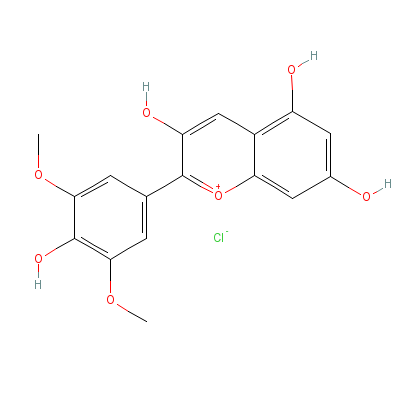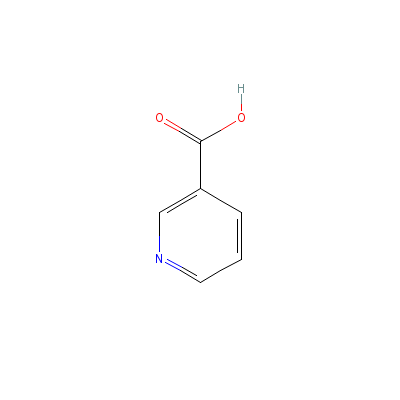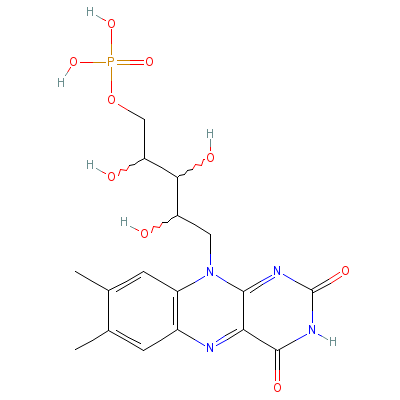| |
|
|
Botanical Name |
: |
Malva sylvestris L. |
English
Name |
: |
Common Mallow |
Synonym(s) |
: |
Malva mauritiana (L.), Malva erecta (C.Presl.), Malva ambigua (Guss.) |
Family |
: |
Malvaceae |
| |
General Info
| Description |
 |
|
It is a perennial herb. Stem is erect and woody. Leaves are on a long stalk, 3 to 7 lobed, reniform at the base, margin scalloped, smooth above and roughly hairy below. Calyx is campanulate. Corolla is purple with veins of deeper tint. Pedicel is slender. Fruit is smooth netted with short style. Seeds are many and reniform. |
| Herb Effects |
 |
|
All parts of the plant are antiphlogistic, astringent, demulcent, diuretic, emollient, expectorant, laxative, salve, antiseptic and hypothermic. |
Chemistry
| Active Ingredients |
 |
|
Mucilage and flavonols (plant); malvin and malvidin (flower); ascorbic acid, beta-carotene, niacin, riboflavin and thiamin. (leaf) |
| Chemistry
of Active Ingredients |
 |
|
|
 |
Name |
CAS# |
IUPAC Name |
Formula |
Structure |
 |
|
| Malvin |
16727-30-3 |
[2-(4-hydroxy-3,5-di
methoxy-phenyl)-3,5-
bis[[3,4,5-trihydrox
y-6-(hydro
xymethyl
)oxan-2-yl]oxy]chrom
en-7-ylidene]oxonium
chloride |
C29H35ClO17 |

|
| Malvidin |
643-84-5 |
[3,7-dihydroxy-2-(4-
hydroxy-3,5-dimethox
y-phenyl)-chromen-5-
ylidene]ox
onium
chloride |
C17H15ClO7 |

|
| Ascorbic acid |
Not Available |
2-(1,2-dihydroxyethy
l)-4,5-dihydroxy-fur
an-3-one |
C6H8O6 |

|
| beta-carotene |
Not Available |
3,7,12,16-tetramethy
l-1,18-bis(2,6,6-tri
methyl-1-cyclohexeny
l)-octadec
a-1,3,5,
7,9,11,13,15,17-nona
ene |
C40H56 |

|
| Niacin |
99148-57-9 |
pyridine-3-carboxyli
c acid |
C6H5NO2 |

|
| Riboflavin |
Not Available |
Not Available |
C17H21N4O9P |

|
| Thiamin |
59-43-8 |
2-[3-[(4-amino-2-met
hyl-pyrimidin-5-yl)m
ethyl]-4-methyl-1-th
ia-3-azoni
acyclope
nta-2,4-dien-5-yl]et
hanol |
C12H17N4OS+ |

|
|
Pharmacology
| Medicinal Use |
 |
|
The plant is used in painful complaints of the urinary organs, gravel and pulmonary disorders (such as whooping cough) and in inflammations and abscesses of the skin. The leaves and flowers are the main part used, their demulcent properties making them valuable as a poultice for bruise, inflammations, insect bites etc, or it is taken internally in the treatment of respiratory diseases (whooping cough, coughs, bronchitis) and digestive problems. The plant is a laxative for young children. Decoctions of the plant, especially of the root, are very useful where the natural mucus has been abraded from the coats of the intestines. |
| Reference |
 |
|
 The Himalaya Drug Company The Himalaya Drug Company
|
Dealers
Products
|
|